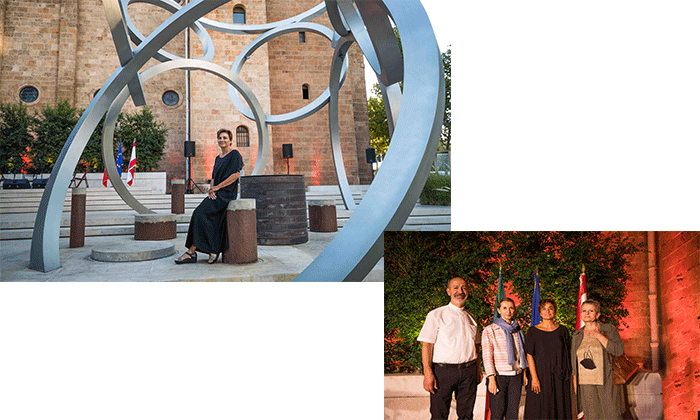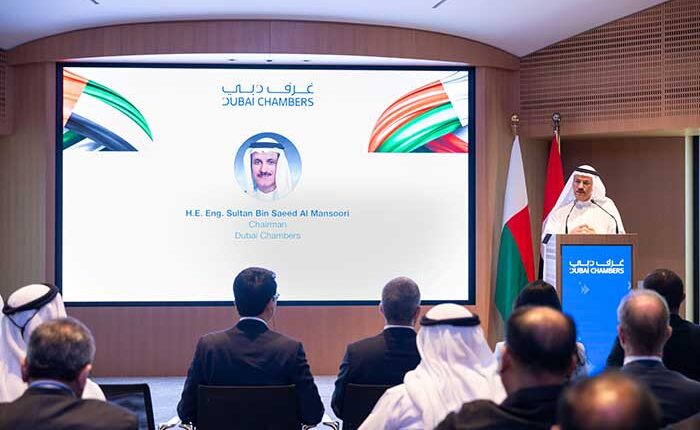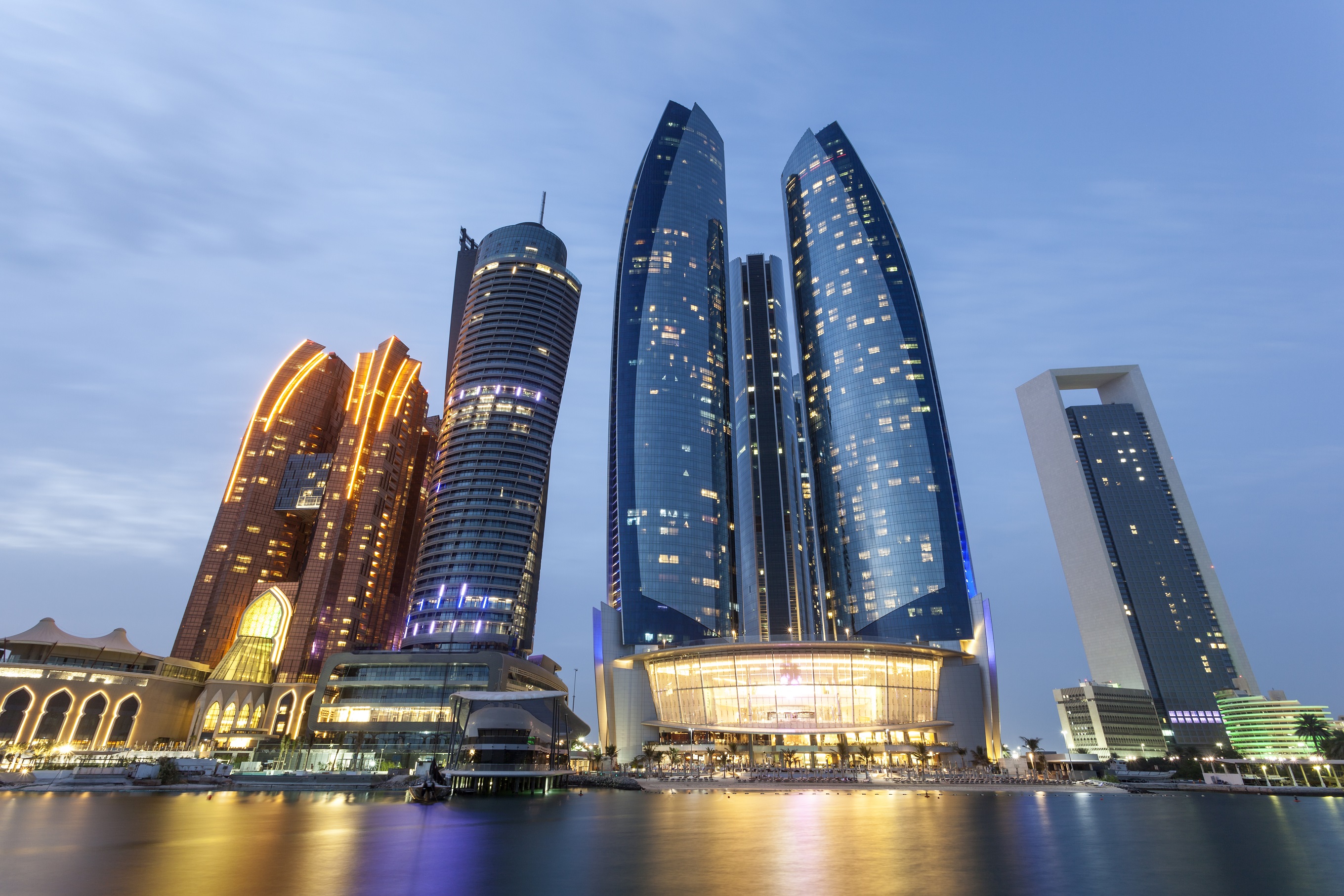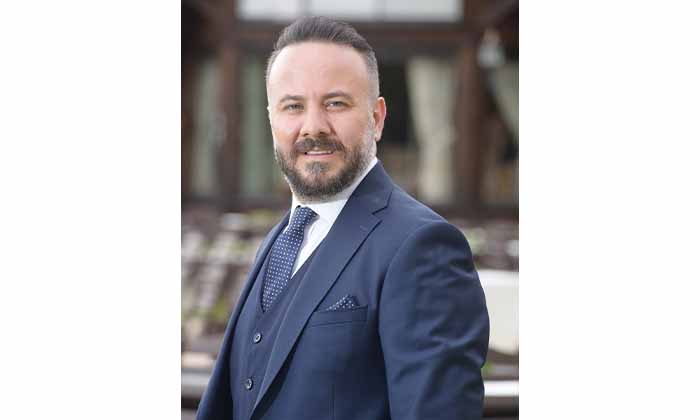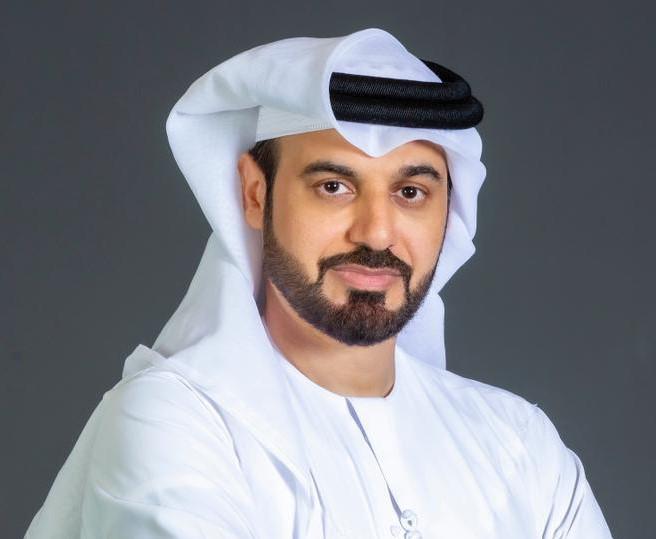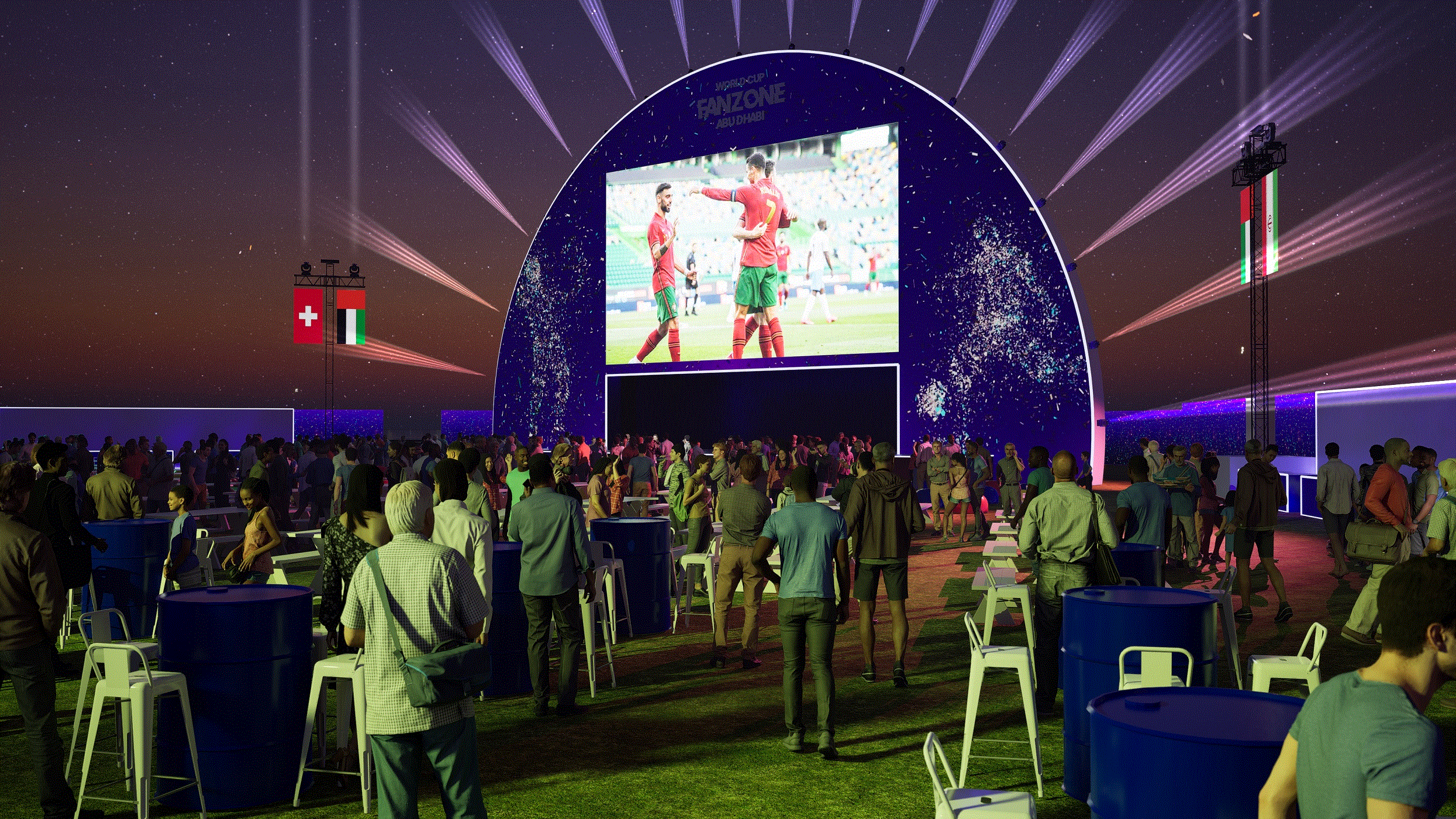Lebanese architect and artist Nayla Romanos Iliya revealed a new permanent public art installation titled “ON THE OTHER SIDE OF TIME”, on Wednesday the 20th of October. The site-specific installation is set in the public square adjacent to Saint Elias Church, Minet El Hosn – Beirut.
Due to the absence of government funding for public art, the project was brought to fruition as a collaborative effort between three protagonists: Romanos Iliya, who contributed to the concept and implementation; a generous and anonymous patron, who donated all production costs; and the Parish of Saint Elias, which initiated the project and provided unwavering support from start to finish.
Inspired by Dante’s Divine Comedy (Divina Commedia) and while this year marks the 700th anniversary of Dante Alighieri’s death, Italian poet, writer, and philosopher – recognized and celebrated internationally, the unveiling took place in partnership with the Istituto Italiano di Cultura di Beirut and in the presence of H.E. Nicoletta Bombardiere, Ambassador of Italy to Lebanon.
The ceremony included a music performance by NDU String Ensemble, artistic director Fr. Khalil Rahme, coach Mario El Rahi; extracts from Franz Liszt’s “Dante Symphony”, arranged by Ramzi Kandalaft and a dance performance by Yara Boustany and Nader Bahsoun, exclusively commissioned for the event.
During the unveiling, Ambassador Bombardiere stated: “I am grateful to this beautiful art creation for reminding us of the powerful and yet contemporary meaning and inspiration of Dante’s masterwork. The Divina Commedia is an investigation into the human being, through the representation of its vices and virtues, misery and greatness.”
The installation echoes the medieval poem’s structure and theme, narrating Dante’s travels through Hell, Purgatory and Paradise; the epic is an allegory of man’s journey through life towards salvation, celebrating universalism and goodness as ideals while emphasizing the consequences of sin and the glories of Heaven. The art installation, set over 50m2 of space, features all three parts of the poem, namely “Inferno” (Hell), “Purgatorio” (Purgatory) and “Paradiso” (Paradise).
The deep-rooted symbolism of the theme is acutely pertinent in Lebanon, where decades of corruption and negligence coupled with impunity have tested both individual and social consciousness to their limits. In a non-artistic context, the irony surfaces as “hell” has been the word that describes the current situation of the Lebanese people, but the twist here is that this particular hell was imposed on the people rather than them deserving it.
The comedy has turned into a tragedy, and while “Paradise” seems a long way ahead, the art aims at instilling some belief that there exists, still, a ray of hope.
Visible from afar, the installation offers various perspectives, whether approached by car, on foot or explored from within. The viewer’s relationship with the work is multi-layered, as Romanos Iliya explained. “Reactions and interactions can happen on visual, physical, emotional and intellectual levels,” she said. “Also, observers’ initial interpretations and assumptions may change as they move around the art and interact with it, hopefully triggering an incentive to engage and reflect.”
She concluded by saying she had been keen to remind people that public art forms part of a nation’s shared history, helping to define its evolving culture and collective memory; but above all, it should be for everyone to enjoy and feel that they can call their own.
The event was held during the 21st Italian Language Week in the World, as Italy this year celebrates Dante, the father of the Italian language, everywhere around the world.
